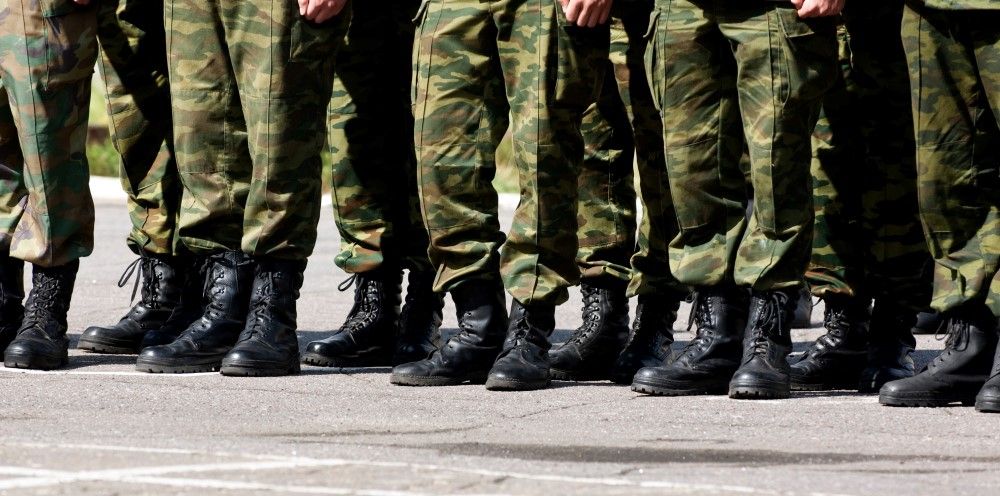Before the Ukraine war, Russia's economy was characterized by its heavy reliance on its abundant natural resources, particularly oil and gas, which accounted for a significant portion of export revenues. This dependence made Russia vulnerable to fluctuations in global commodity prices.
Despite challenges such as corruption, inadequate diversification of industries, and limited innovation, the country experienced a period of steady economic growth, with a rising middle class, improving living standards, and growing foreign investment.
And then Vladimir Putin decided to invade Ukraine.

Russia is now the most sanctioned country in history, with more than 13,000 economic, political, and military restrictions against it - more than Iran, Cuba, and North Korea combined. This means that any plans for future economic development will once again have to be based upon the sale of oil and gas reserves.
The Kremlin position is that the sanctions are not working. It points to data showing only a small 2.1% drop in GDP in 2022 (outperforming the UK), alongside IMF predictions of economic growth in 2023. But this ignores the changes that have been necessary.
As economic analyst Alexandra Prokopenko notes, “… before the war, its economic policy was largely focused on technological development, diversifying exports away from the country’s dependence on fossil fuels, and the relatively free movement of capital. Now those elements have been replaced with capital controls, the labeling of countries as either friendly or hostile, the yuanization of payments, and the militarization of budget spending.”
At the same time, Russia is now operating more as an economic island, sheltered from the global economy. A safe haven in the short term, but one with certain economic realities to hit in the future.

Immediately, after Russia's invasion of Ukraine, the US, UK, and EU swiftly froze Russia’s foreign exchange and gold reserves, limiting the Russian central bank’s access to dollars, sterling, and euros. This sent the Russian business community into shock, and saw more than 2 trillion roubles ($30 billion) exit the Russian banking system in the first two weeks of the war. Only severe restrictions on the movement of capital and an increase in the base interest rate to 20% stabilised the situation.
Business and industry were further disrupted by central government’s decision to label countries (including former trading partners) as ‘hostile’ to Russian interests. Although no formal acknowledgement of exactly what designates a nation as ‘hostile’ was ever published, Russia’s foreign economic policy is now largely influenced by this classification, rather than purely economic conditions.
“[This] has resulted in Moscow firming up its ties with countries from Iran, Turkey, and the United Arab Emirates to Myanmar and African nations,” explains Prokopenko. Adding that, “Russian companies have even joined an infrastructure consortium set up by the Taliban in Afghanistan.”
Consequently, Russia’s most stable and logical trading partner has become China, with trade between the two growing by almost one-third to a record high of $190 billion.
More than two-thirds of Russia's exports to China are energy commodities, with Russia being the second-largest oil supplier and the fourth-largest LNG supplier to China. However, the downside of these extensive exports is that a dominant buyer like China can influence prices, weakening Russia's bargaining position.

Russia's imports from China not only include consumer goods but also high-tech products, with imports of trucks, excavators, and vehicle parts all seeing significant growth. Despite Western restrictions on semiconductors and microchips, Russia relies heavily on Chinese support for these components – as does much of the West.
What is different in this relationship is that payments between Russia and China are predominantly conducted in the Chinese yuan rather than roubles, with Putin expressing his readiness to use the yuan as part of the much-discussed de-dollarization of the global economy.
Ultimately, this conversion from the dollar to the yuan shows how one-sided the relationship is – with Russia the lesser partner.

As sanctions are also restricting imports of high-tech equipment, Russian industrialists are unable to develop or build the infrastructure and capital projects such as train engines, vehicles, modern tankers, and advanced communication networks, needed to grow the economy. More worryingly, this is also limiting Russia’s ability to expand its oil and gas extraction network, especially access to ‘hard-to-reach’ reserves.
This is leaving Russia particularly dependent on Chinese imports for any attempts to develop the economy beyond its reliance on raw material sales. It also needs the technology to maintain military production which is already consuming as much as one-third of state budget spending.
Even if a peace treaty could be found tomorrow, Russia will still need to spend heavily to replace lost military hardware. Meanwhile, geopolitical factors will continue to shape Russia's trade policy, affecting supply chains, production capabilities, with consumers likely to bear the resulting costs through higher prices and lower quality.
What ever happens in the foreseeable future, Russia’s economic outlook does not look bright, with oil, gas, timber, and other raw material trading propping up a staggering economy. As Prokopenko concludes, “Last century, Russia also pursued an economic policy built around trade in raw materials and a bloated military-industrial complex. It paid a heavy price for that inefficiency in the 1990s. Now Russia looks set to repeat that mistake.”
Photo credit: NikitaBuida on Freepik, RawPixel, Travelscape, Светлана from Pixabay, & ededchechine